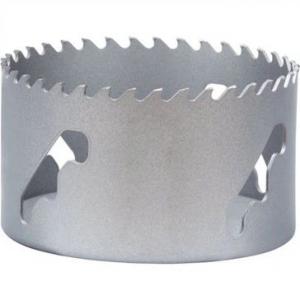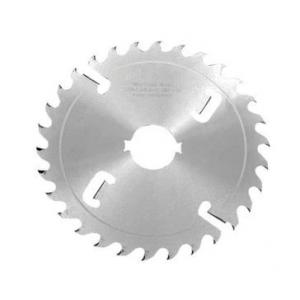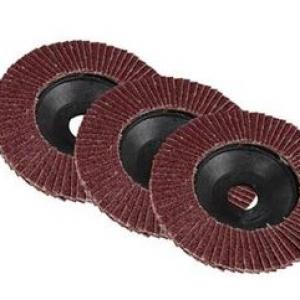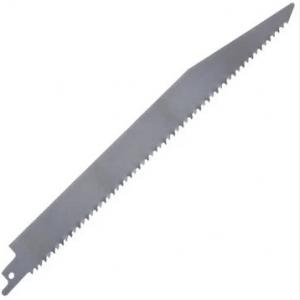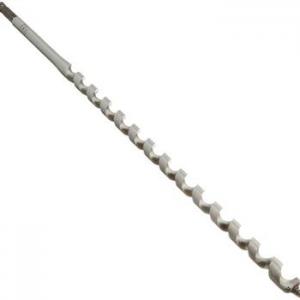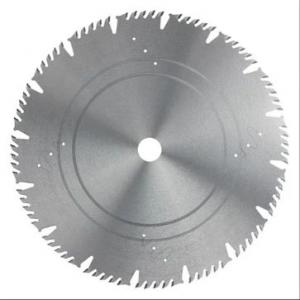The Next Decade of Diamond Blades: 3 Revolutionary Trends Reshaping Our Industry
The Ultrathin Revolution: Cutting Beyond Limits
The race to develop sub-1.0mm diamond blades is redefining precision cutting. Last month's breakthrough at Fraunhofer Institute demonstrated a 0.8mm blade slicing reinforced concrete with just 15% more feed pressure than standard blades. These featherweight champions reduce material waste by up to 40% in precious stone processing, while their flexible steel cores absorb vibration 3x better than rigid designs. The trade-off? They demand perfect machine alignment – even 0.1mm spindle runout can cause catastrophic failure.
Green Manufacturing Takes Center Stage
Sustainability is no longer optional in abrasive technology. Leading manufacturers now offer cobalt-free segments using iron/nickel alloys that match traditional bonds' durability. Recyclable steel cores with laser-etched material IDs enable closed-loop production, while water-based diamond fixing processes eliminate toxic solvents. The most exciting development? Self-sharpening segments where worn diamonds are replaced by eco-friendly ceramic abrasives during operation – already cutting disposal costs by 28% in German trials.
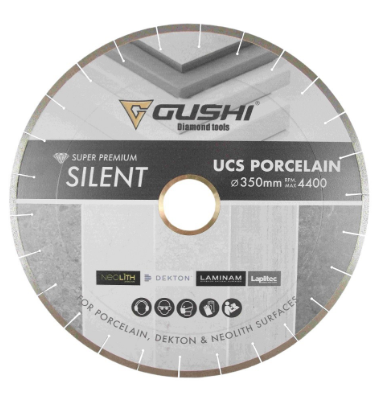
Smart Blades: The IoT Transformation
Embedded microsensors are turning passive blades into data powerhouses. Millimeter-wave radar tracks segment wear in real-time, predicting remaining lifespan within ±5% accuracy. Some prototypes now vibrate subtly when detecting dangerous load fluctuations. The real game-changer? Bluetooth-enabled blades that sync with your phone, displaying cutting history and recommending optimal speeds for different materials. Early adopters report 22% fewer blade-related work stoppages.
The Hidden Challenge: Redefining Operator Skills
These advancements demand new expertise. Ultrathin blades require 30% slower approach angles to prevent chipping. Eco-bonds perform differently in wet/dry conditions – something traditional training never covered. Smart tools generate data, but few workshops have analysts to interpret it. We're entering an era where the craftsman's intuition must merge with data literacy, creating a new hybrid skillset the industry isn't fully prepared to teach.
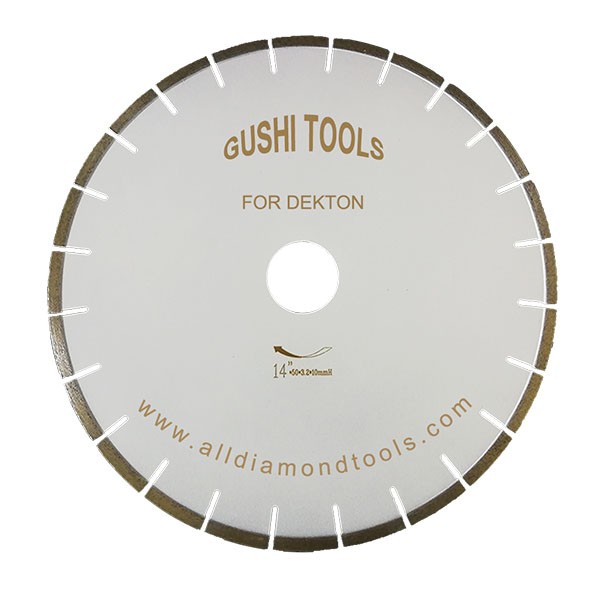
Your Questions Shape Our R&D
What burning questions do you have about these innovations? How could smart blade data optimize your workflow? Share your insights by leaving a comment at www.royceltiletools.com.
The Timeline to Transformation
Industry analysts predict 2025-2028 will see commercial rollout of these technologies, with full adoption by 2032. But early movers are already gaining advantages – a Dubai marble processor using preliminary ultrathin blades gained 17% more slabs per block. The question isn't if you'll adopt these changes, but when. Those who start preparing their teams and equipment now will cut their way to the front of the pack.



